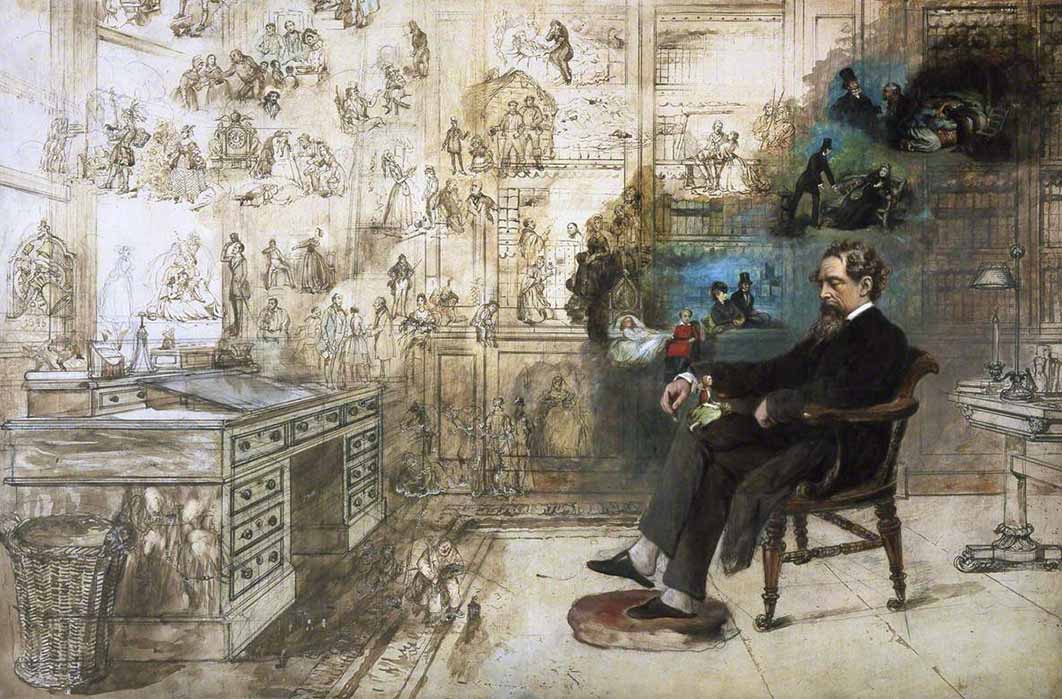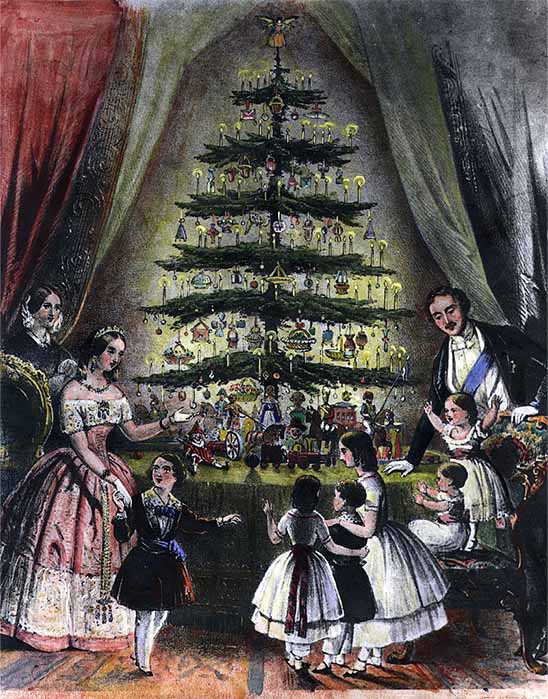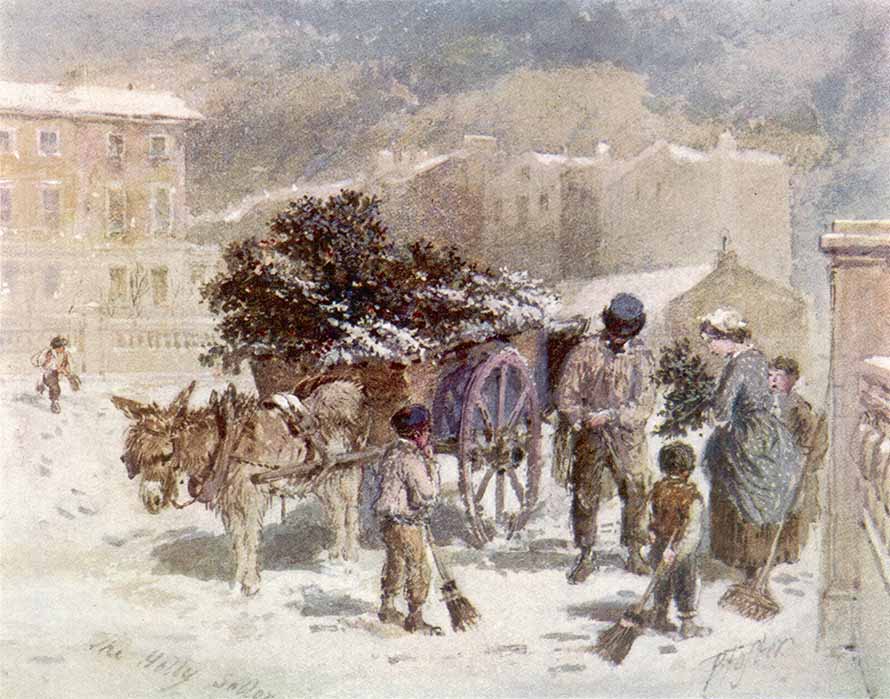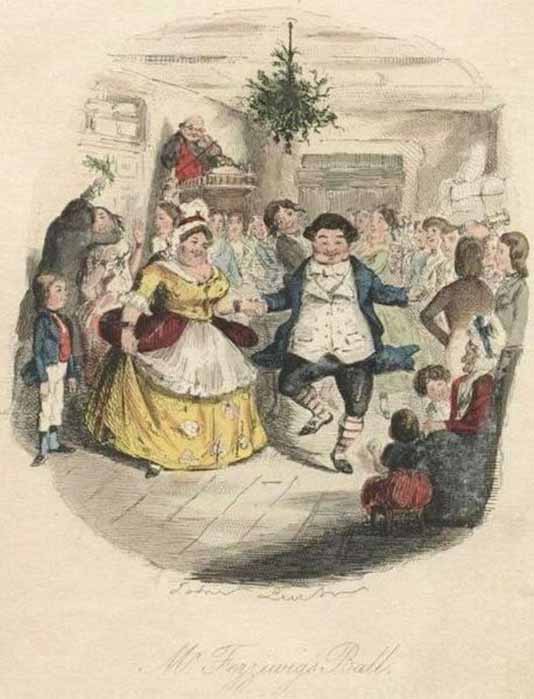
Did Charles Dickens Really Invent Christmas – Ask His Descendant
The year 1843, was to mark a turning point in how the British – and eventually much of the wider world – celebrated Christmas. Not only was it the year in which Charles Dickens’ novella, A Christmas Carol, was published; it was also the year in which the first commercial Christmas card was created. Henry Cole, a busy London civil servant, commissioned the artist John Callcott Horsley to design a card for him, which he sent to family, friends, and business associates in place of the expected Christmas letters. His extra cards were sold commercially. It is perhaps no coincidence that these two events took place in the same year, as both men were unwittingly capturing what was an as-yet-unrecognized zeitgeist: a desire for a change to the ways in which people in Britain marked the Christmas season.

An engraving published in the 1840s of Queen Victoria and Prince Albert created a craze for Christmas trees (Public Domain)
Every year, newspapers around the world continue to publish stories about Charles Dickens and his role in the creation of the Victorian Christmas and, inevitably, at every festive season, a journalist or vlogger somewhere will credit Dickens with having “invented” Christmas. Of course, that is untrue, but what Dickens can be credited with is having helped to bring about a renaissance in the ways in which Christmas was celebrated.
Dickens was born in 1812, into an England ruled by King George III, a country embroiled in an overseas war and its resultant economic hardship. Christmas was always a popular holiday in the Dickens household and they celebrated the full Twelve Days of Christmas, ending on 6 January, which the Dickens family celebrated with Twelfth Night parties. In Charles Dickens’ adulthood, 6 January was a double celebration, as it was also the birthday of his eldest child, Charley Dickens, who was born on 6 January 1836.

Cart delivering Christmas Holly and Mistletoe (Archivist / Adobe Stock)
Deck the Halls
Dickens’ early Christmas writing provides a glimpse into the types of seasonal decorating and festivities that the Dickens family would have enjoyed. His first published seasonal short story was ‘Christmas Festivities’, written in 1835. It emphasizes the popularity of mistletoe in 18th-century Christmas decorations, when the grandfather reminisces about his childhood and how, as a boy, he kissed a girl under the mistletoe – a girl who later became his wife and the children’s grandmother. Dickens’ story was published in the weekly newspaper Bell’s Life in London, on 27 December 1835. A few weeks later it was republished in the book Sketches by Boz, under the title of ‘A Christmas Dinner’.
- The Holly and the Mistletoe: Ancient Roots of Christmas Symbols
- Come Over to the Dark Side of Christmas
- Why Do Christmas Ghost Stories Have Such Enduring Appeal?
The Christmas custom of kissing under the mistletoe is also wittily written about in The Pickwick Papers (1837): “… according to annual custom on Christmas Eve.... From the centre of the ceiling of this kitchen, old Wardle had just suspended, with his own hands, a huge branch of mistletoe, and this same branch of mistletoe instantaneously gave rise to a scene of general and most delightful struggling and confusion; in the midst of which, Mr. Pickwick, with a gallantry that would have done honour to a descendant of Lady Tollimglower herself, took the old lady by the hand, led her beneath the mystic branch, and saluted her in all courtesy and decorum.”





